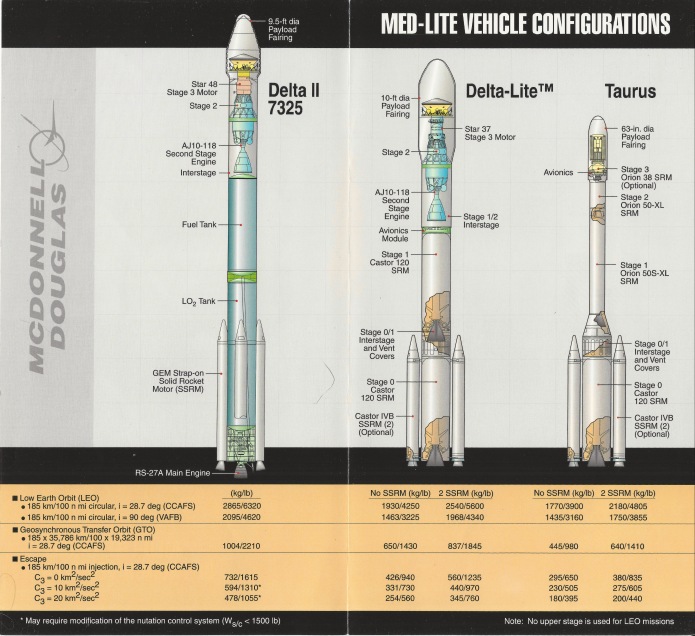Here’s an interesting thing:
Short form:
If the writer is accurate, there was a 3,500 acre British farm growing barley and maize, and doing a poor job of it. Due to sitting on not very productive clay, the farm was barely breaking even. So the farm owners tried something different: “Screw this,” sez they, “let’s just let nature take its course.”
Rather than undergoing some complex and micromanaged conservation program, they just let the land alone. Neighboring farmers were displeased, thinking that this was going to result in a weedpocalypse. And early on they were indeed overrun with weeds. And then the butterflies came and the resulting caterpillars ate up the weeds. In the years since, with no effort on their part except for stocking a few species of critters like a native British breed of longhorn cattle, their land is now close to what Britain *used* to be like in the days before agriculture. Even better, the cattle that live there are well-fed, healthy and apparently damnfine producers of tasty beef; their numbers need to be culled to keep from over-populating. The place is now exploding with multiple bird species, deer, horses, wild pigs, insects.
A couple things:
1) Cool. Nature is spiffy.
2) This experiment takes a *giant* dump on some of the more important arguments made by vegans. The claim is often made that growing animals just to eat them is an inefficient way for humans to get nutrition and calories, since the vast farms that grow corn and whatnot to be turned into cow/pig/chicken feed could more easily just straight up feed humans. But here’s the thing: in this 3,500 acres, humans are apparently expending approximately *zero* effort, and the plants that are growing there are largely inedible to mankind. And yet… this dismal farmland, barely profitable with a whole lot of effort, is now cranking out foodcritters that are claimed to be healthier and tastier than farmed beef. This is likely no great surprise to those who hunt their own venison and the like, but as far as I know wild cattle are much less often consumed.
I live in rural Utah farmland. The farms around here suck up a *lot* of water to turn this place into profitable land for wheat and corn… not surprising given that it is, after all, essentially the desert. But here’s the thing: I have my own nearly five acres of land. Before me, it was farmland. When I moved in, my plan was to do *nothing* with it, a promise I’ve kept. I grow no crops. And wheat and corn don’t exactly spring up on their own on this now un-irrigated land. But you know what? It’s nevertheless *alive.* It’s not at all unusual to have weeds two or three feet high out back, several acres of the stuff. Now, my land, only a few acres, is too small to be turned into some sort of nature park. And as alive as it is, it’s much too dry around here to really come to life like that British farm. But if even this dusty patch of Utah can spring to life on its own, imagine what a lot of Americas farms could become if properly non-managed. There would be a few potential advantages to re-wilding a few million acres:
- Stop draining aquifers. Some big ones are getting kinda close to DOOOOOOM levels of empty anyway.
- Meat without effort. Meat without hormones and antibiotics.
- Less expenditure on fertilizer and fuel. More CO2 yanked from the air and turned into oxygen.
- Less farmland to work… less need for farm workers. Back across the border ya go!
- If it’s not actually a farm, then it doesn’t need to be taxed like one… nor does it need or deserve the subsidies.
I’m not at all sure how to go about this on a major scale. Eminent domain is one way, and it is of course a desperate evil that should only be invoked in matters approaching National Security level (though using it to snag large stretches of, say, Detroit, bulldoze it and convert it into woodlands seems like an actually good use). Perhaps if farm subsidies were simply done away with, that might do it: farms that cannot economically compete without subsidies can be convinced to re-wild, perhaps via something like a twenty-year subsidy of its own. Instead of paying farmers to grow corn, you pay them – for a strictly limited period – to re-wild their land, seeding it with appropriate species of plants and animals and basically just leaving it alone. The surrounding farms would of course also lose *their* farm subsidies… but then, they are also losing competitors. Less corn and wheat on the market.
Vast privately owned stretches of nature could make money a number of ways. If the British model can be replicated, a whole lot of meat – cattle, pigs, deer, antelope, rhinos, buffalo, bison, mammoths, camels, elephants – will be self-sustaining and prosperous. Within a certain number of years their numbers will begin to push the lands carrying capacity… and then you start harvesting. Maybe some places will have some sort of industrial process where the herds of paraceratherium will be driven into pens and a certain number extracted. Others can let hunters pay to go take ’em down themselves.





